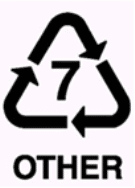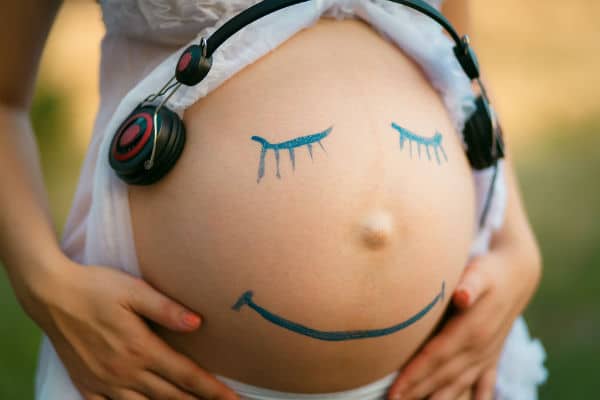What are the implications of BPA and pregnancy?
Bisphenol A, commonly known as BPA, is a chemical used to make hard plastic containers and the lining of metal food and beverage cans. According to the “Center for Disease Control and Prevention” – more than 90% of Americans have traces of it in their urine. We have all seen plastic containers with those bright stickers claiming “BPA FREE” so what does this mean? Most people are aware that the plastics containing BPA (Bisphenol A) are detrimental to health, but how do they affect us particularly in pregnancy?
Just what are the implications of BPA in pregnancy? Various studies have found BPA to interfere with the endocrine pathway (hormonal balance) particularly in utero and early childhood development.
New Research published in the American “Mutation Research” Journal which was carried out this year on 150 women included a control group and 101 women who had established diagnosis of foetal malformation. Blood levels of BPA were measured in the participants and researchers found that the level of BPA was nearly 3 times higher in cases of chromosomal malformations.
This is further broken down to reveal that women with normally developed foetuses had higher levels of BPA conjugate which means the BPA is joined to another substance or substances rendering it inert. This finding means some women are able to metabolise or break BPA down and therefore it does not disrupt endocrine balance and alter foetal development.
And for those women who cannot break BPA down?
- Accumulation of toxic loads over time predisposes individuals to be more susceptible to chronic illness and diseases.
- Decreases fertility in the general population with long term exposure to BPA being linked to a lower percentage of oocytes developed.
Where do we get all this exposure? BPA is found in:
- Plastic containers and packaging.
- Linings of cans for food and beverages.
- Thermal receipts from purchases (that shiny receipt you get from the till).
- Dental sealants.
- Self adhesive labels.
- Plastic disposable water bottles.

This symbol indicates that the product is made from polycarbonate and contains BPA.
It is essential that expectant mothers exposed to BPA and other polycarbonates possess the ability to clear toxin loads, by supporting organs of elimination.
You can minimise exposure by:
- Using fresh veggies, not canned, (or frozen if fresh is not available).
- Use a glass water bottle.
- Do not leave a plastic bottle exposed to high temperatures (in the car).
- Use a glass kettle (Breville manufacture a glass kettle.)
- Use a reusable mug or paper cup for take away drinks.
- Don’t heat food in plastic containers in the microwave.
- Avoid the use of plastic utensils used in food preparation.
- Avoid non-stick coated cookware.
- Use glass containers with BPA free plastic lids.
- Only use plastics with the recycling codes 2 and 5.
- Only use BPA free baby bottles and sippy cups.
So that’s not the whole story. Other Bisphenols used to replace BPA (due to public awareness), can equally affect neurodevelopment and for each woman in the prenatal period their baby is vulnerable.
So the big message is: AVOID PLASTICS!!

